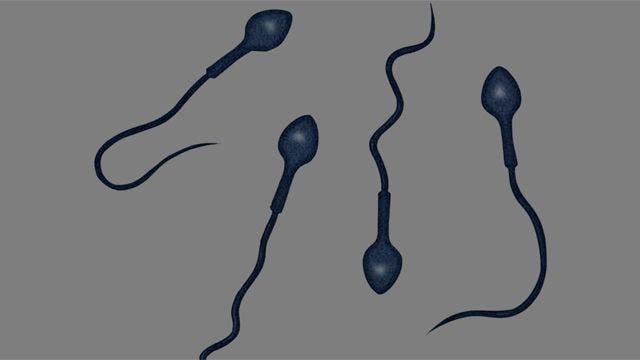
Researchers in Germany say they have created remote-controlled sperm that could be used to help with fertilization.
These “spermbots” are made by catching sperm cells in nanotubes and fabricating them onto a wafer or “chip.” The tubes are narrower at one end and guided by a magnet to the egg, increasing a patient’s chance of getting pregnant.
How are they doing this?
The method for this technology, is simply using the tail of the sperm to do the electrical work then using a magnetic field to direct the sperm. Think of it like a compass needle aligning with the Earth’s magnetic field. It is far easier to control a single cell (like the sperm) that propels itself through fluid with its whip-like tail.
Until now, researchers had only managed to persuade groups of cells to cooperate, with the help of mathematical measurements over a distance and magnetic fields. To create the “spermbots,” the research team builds the nanotubes from using iron and titanium nanoparticles. They then add the tubes to fluid containing sperm. The nanotubes are designed with one end of each tube slightly narrower than the other. The sperm that swims into the wider end becomes trapped, headfirst, with their whip-like tail propelling it toward the egg.
What is the future of this technology?
If this technology works, you will start to see the use of this method being applied to all fields of medicine. For example, chemotherapy works by stopping or slowing the growth of cancer cells, which grow and divide quickly. However, this can harm healthy cells that separate quickly, such as those that line your mouth and intestines. During chemotherapy treatment the patient will typically suffer from damaged healthy cells which can cause serious side effects.
How will this help improve chemotherapy treatment?
With this cutting-edge technology, doctors will be able to deliver chemotherapy and guide the treatment to the specific target. While in the process, eliminating organs and cells from being over exposed to toxicity from the chemotherapy agent. Overall, this method will give physicians and patients a less toxic form of cancer treatment and protect their healthy cells from being over exposed or even killed off.
Source: viral news chart

